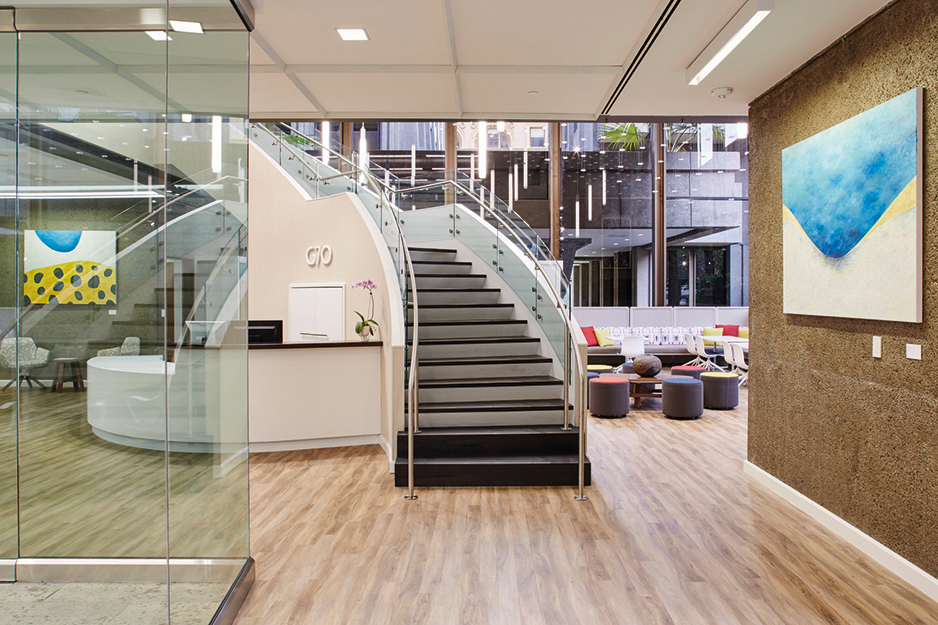Most, if not all, of Hawaii’s current energy initiatives tie into the International Energy Conservation Code. The IECC also provides specifications for Hawaii’s building industry.
“Hawaii’s three-year energy code adoption cycle follows the three-year cycle of America’s two building code writing organizations—the International Codes Council (ICC) and the American Society of Heating, Refrigerating and Air Conditioning Engineers (ASHRAE),” says Howard C. Wiig, Hawaii State Energy Office analyst.
“Hawaii is currently in the process of adopting the 2018 IECC. The ICC has set the goal of all homes and buildings being zero net energy (ZNE) by 2030. ZNE is achieved by maximizing efficiency in homes and buildings and producing as much clean (non-carbon) energy as is consumed.”
Wiig says the IECC and ZNE counter the catastrophic impact of climate change. “Energy building codes,” he says, “are regarded as among the fastest and most cost-effective means of reducing carbon output and global temperature rise.”
The 2018 IECC is being adopted, Wiig says, and work will soon start on the 2021 IECC. “At the state level, the 2018 IECC was adopted on Dec. 15, 2020,” he says. “State government buildings (notably school and college buildings) must begin to comply with the 2018 IECC, with state amendments, as of Dec. 14, 2021. The counties must adopt the 2018 IECC with county amendments by Dec. 14, 2022. If they don’t adopt, they must comply with the state 2018 IECC until they do amend.
“At the county level, as of December 2021: Hawaii County adopted the 2018 IECC with state amendments and no county amendments. The City and County of Honolulu is working on amending the 2018 IECC and plans to introduce their proposal to the City Council in the Spring of 2022. The counties of Kauai and Maui have not yet commenced work on the 2018 IECC.
“The Hawaii State Building Code Council (SBCC) will start work on amending the 2021 IECC in fall 2022. The SBCC has until Jan. 27, 2023 to adopt the 2021 IECC with amendments.
“Each successive code iteration,” Wiig explains, “will expand the code scope to include renewable energy and interactive grid options to achieve ZNE. The Hawaii State Energy Office will be offering training on county amendments to the 2015 IECC, and on drafts of the 2021 IECC.”
In keeping with ZNE objectives, many energy specialists favor adaptive re-use of existing buildings, seen at architectural firm G70’s headquarters in downtown Honolulu.
“G70’s office space,” says Linda C. Miki, G70 vice chair and principal, “is an inspired adaptive reuse of the existing 50-year-old Bank of Hawaii Fort Street Mall portion of their main branch, including second-floor offices.”
G70 brought new life to the space, Miki says, by opening the second-floor office area with views to the exterior, with G70’s signature circular staircase built with treads made from thermally modified eucalyptus trees harvested from the Big Island, and by integrating open ceilings with exposed mechanical and flexible lighting. Miki says the design embraced the original two-story windows and natural daylight, and the existing ceilings with unique oversized ceiling grids and linear AC diffusers that celebrate the clean lines of the building’s original Brutalist design.
“The integration of G70’s existing custom woodwork stations, doors and art, Miki says, “provided a balance of warmth and humor, marrying the new with the old. G70’s office is the ultimate expression of the firm’s commitment to its people, the community and collaboration.”






